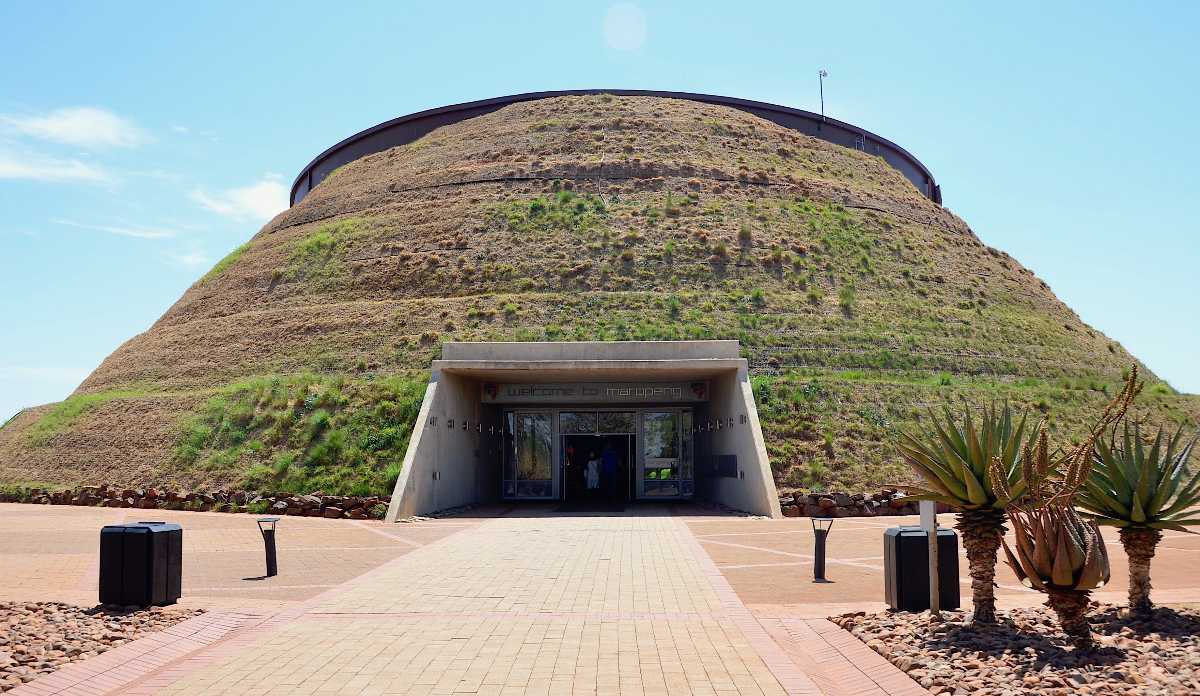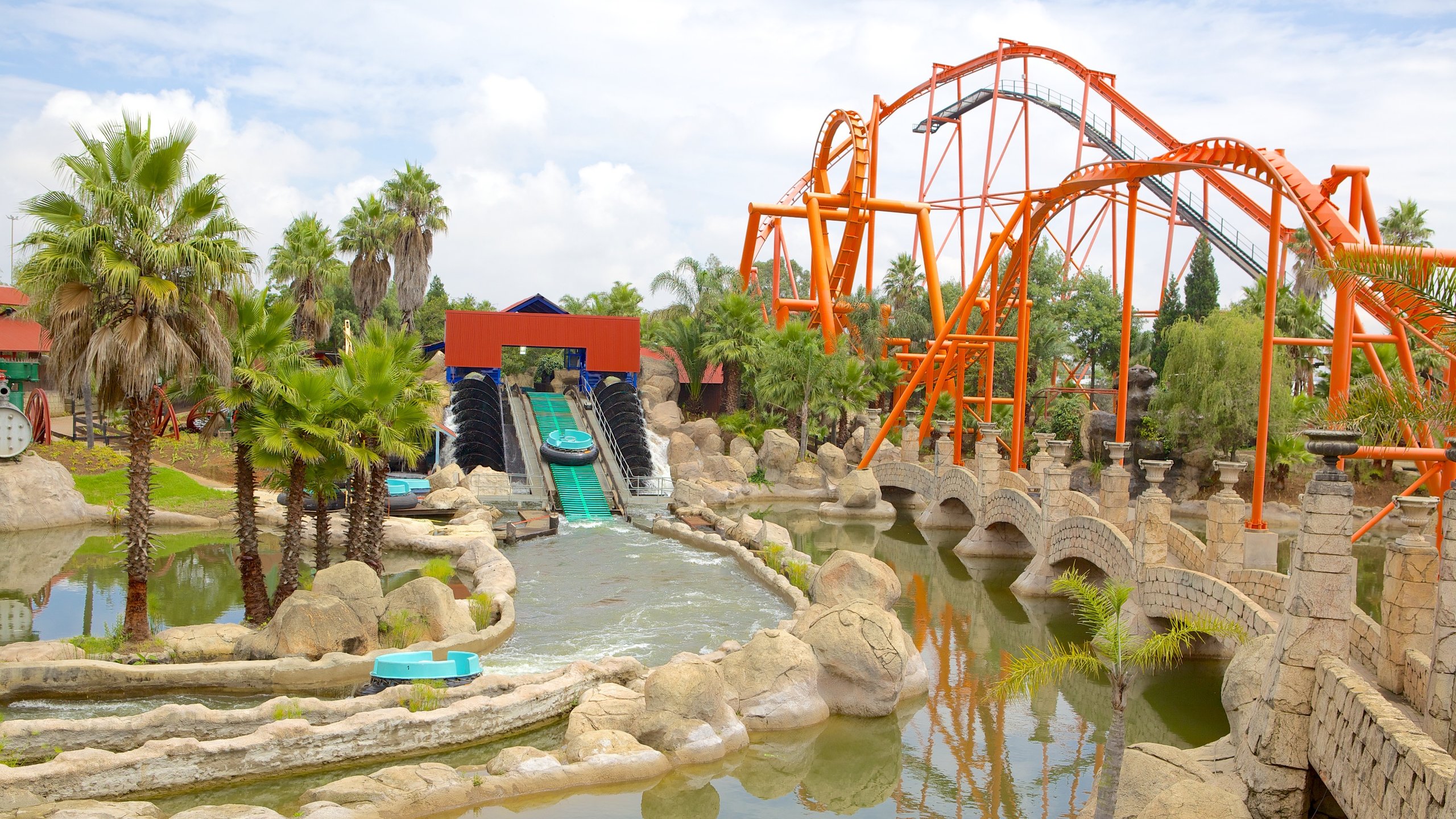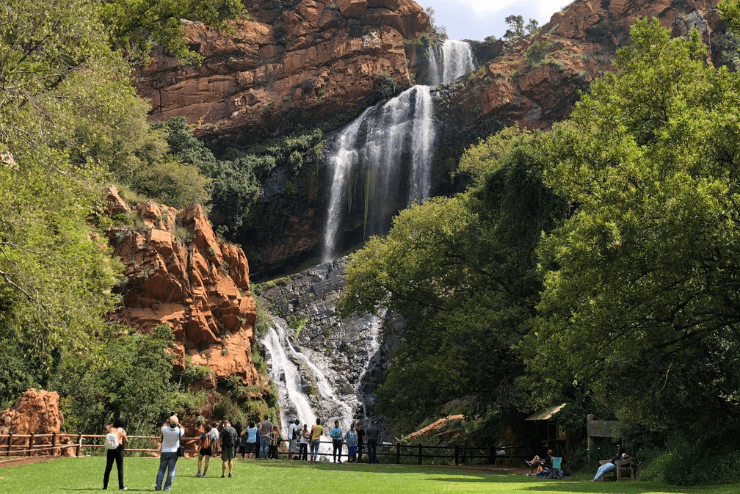The Basic Principles Of Johannesburg North Attractions
The Definitive Guide for Johannesburg North Attractions
Table of ContentsJohannesburg North Attractions - An OverviewJohannesburg North Attractions Things To Know Before You BuyFascination About Johannesburg North AttractionsExcitement About Johannesburg North AttractionsThe Ultimate Guide To Johannesburg North AttractionsJohannesburg North Attractions for DummiesSome Known Details About Johannesburg North Attractions
You should keep protection in mind and travelers must stay sharp at all times when in unfamiliar environments. Talk to the residents when you remain in town to discover the location you are remaining in. Johannesburg North attractions. When on the street (this does not put on mall and various other secure atmospheres) best general recommendations is to try your finest to look like a local and to prevent displaying any type of wide range
The smart Trick of Johannesburg North Attractions That Nobody is Discussing
Professor Revil Mason O. J. (Thomson, 1946) checked out the Witwatersrand's pre-colonial history. His archaeological work blew up the 'em pty land' myth, according to which the region was lacking human habitation prior to the arrival of European settlers. In his magazines Prehistory of the Transvaal: A Document of Human Activity (1962) and Origins of Black Individuals of Johannesburg and the Southern Western Central Transvaal Advertisement 3501880 (1986 ), Teacher Mason showed the extent of social and economic growth in the area before Europeans set foot here.

Johannesburg North Attractions for Dummies
He acted with the government's approval, provided after he had actually vowed to maintain his discoveries key. In 1874, small-scale mining operations were begun in the Magaliesberg, where an Australian, Henry Lewis, had uncovered gold deposits. In 1878, David Wardrop located gold in quartz veins at Zwartkop, north of Krugersdorp. In 1881, Stephanus Minnaar discovered gold on the farm Kromdraai, near the Cradle of Humankind.
In March 1886, a protrusion (quickly to be called the Key Reef) was discovered, rather fortunately, on Gerhardus Oosthuizen's ranch Langlaagte. Some state that the Lancastrian coal miner George Pedestrian discovered this reef. One more travelling English miner, George Harrison (who had actually formerly operated in Australian mines) gotten a prospecting licence in regard of Langlaagte in May 1886.
He decided to carry on in a pursuit for greener pastures, and disposed of his Langlaagte claim for the handsome sum of 10. Alas: below lay the wealthiest goldfield ever discovered. The discovery of this rich auriferous reef provoked a gold thrill that signified the end of bucolic tranquillity in the southern Transvaal.
It would, within six years, end up being the largest town in southern Africa. Within a decade, it would make the Z. A. R. till then an anarchical and insolvent little state the wealthiest Going Here nation in Africa. By the millenium, the Z. A. R. was to go beyond Russia, Australia and the USA of America to come to be the globe's leading gold manufacturer, producing greater than a quarter of the world's gold.
Some Of Johannesburg North Attractions
It was called Ferreira's Camp, named after Colonel Ignatius Ferreira. He was a Boer traveler upon whom the British authorities had bestowed the status pop over to this web-site of Friend of the Most Distinguished Order of St Michael and St George (entitling him to the post-nominal letters C. M. G.) in gratefulness for his function in the war that had deposed the Pedi king Sekhukhune in 1879.
Quickly the camp was including tents and wagons as novices showed up daily from far and wide. By September 1886, some 400 individuals lived in Ferreira's Camp, which quickly boasted built iron and timber structures. Two various other camps were developed: Meyer's Camp on the farm Doornfontein, and Paarl Camp. The latter was nicknamed Afrikander Camp; many individuals from the Cape Swarm cleared up there.

Johannesburg North Attractions Things To Know Before You Get This
This name acquired money by word of mouth, such that the State Assistant verified the name to the Mining Commissioner on 9 October 1886. Stands in the village were auctioned on 8 December 1886. While some stands were marketed for 10, others were torn down for as little as sixpence.
2 years later, these erven were to change hands for as high as 750 each. i loved this The tented camps diminished as a dorp of corrugated iron buildings developed and increased north of the mines located along the Key Coral Reef Road. Locations such as Jeppe's Community (where working-class immigrants erected their houses) and Doornfontein (where the affluent brand-new 'Randlords' started to create their extravagant homes) were soon contributed to the ever-expanding map of the town.
The Definitive Guide to Johannesburg North Attractions
Besides the road names, there were no signs of Johannesburg being positioned in a Dutch-speaking country. Lots of years later on, C. W. Kearns O. J. (one of the first boys enlisted at St John's University in 1898) would recall: 'An unusual truth about Johannesburg was that, although it remained in the [Boer Republic], nearly every person spoke English and also the Federal government servants resolved one in English, unless they were initial addressed in the Taal (or Reduced Dutch)'.
Britain had an interest in ensuring optimal conditions for gold production on the Witwatersrand, and that the gold was exported to London rather than Berlin an essential made all the much more clamant by the Z. A. R.'s enhancing toenadering with Germany. Mine owners were on a crash training course with Head of state Kruger, whose plan of monopolistic concessions (typically approved to his cronies) prevented mining firms from procuring supplies of products (particularly dynamite) and work on their very own, more affordable terms
Get This Report on Johannesburg North Attractions
In 1890, the Volksraad had restricted the franchise business to white guys who had stayed in the Z. A. R. for fourteen years or longer, thus invalidating a lot of the immigrants (that took place to be the major factors to the fiscus). Frustration for the vote was a simple pretext for promoting a different program; many uitlanders concerned themselves as temporary visitors and had no objective of continuing to be in the Z.